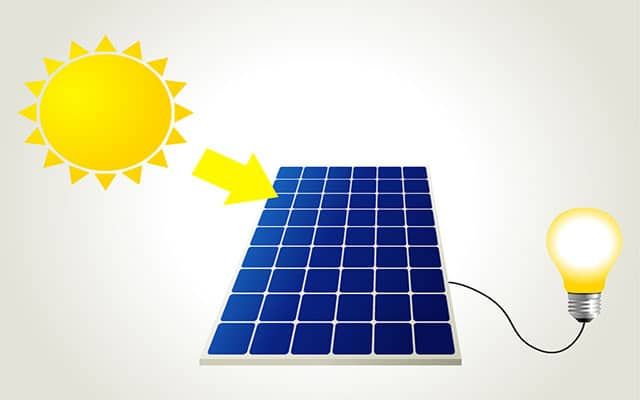Solar panels can be directly connected to lights, but the setup often requires the inclusion of additional components to ensure proper functionality. Here are the key components typically involved in connecting solar panels to lights.
- Solar Panels: The solar panels capture sunlight and convert it into direct current (DC) electricity.
- Charge Controller: A charge controller is essential for regulating the power flow from the solar panels to the battery. It prevents overcharging and over-discharging of the battery, thus prolonging its lifespan.
- Battery: The battery is used to store the electricity generated by the solar panels during the day so that the lights can be powered at night or during periods of low sunlight.
- Inverter (Optional): If the lights require alternating current (AC) power and the solar panels generate DC power, an inverter is necessary to convert the DC power from the panels into AC power suitable for the lights.
- Lighting Fixtures: These are the actual light sources that will be powered by the solar panels. LED lights are commonly used for their energy efficiency and durability.
- Wiring and Connectors: Proper wiring and connectors are crucial to ensure a secure and efficient electrical connection between the solar panels, battery, charge controller, inverter (if used), and the lighting fixtures.
When setting up a solar panel system to power lights, it’s important to consider factors such as the wattage and power requirements of the lights, the capacity of the battery, the solar panel capacity, and the average daily sunlight hours in the location. Proper sizing of the components is crucial to ensure that the system can generate and store enough electricity to power the lights as needed.
Additionally, it’s important to take into account factors like the angle and direction of the solar panels, shading, and local weather conditions, as these can significantly affect the overall efficiency and performance of the solar panel system.


